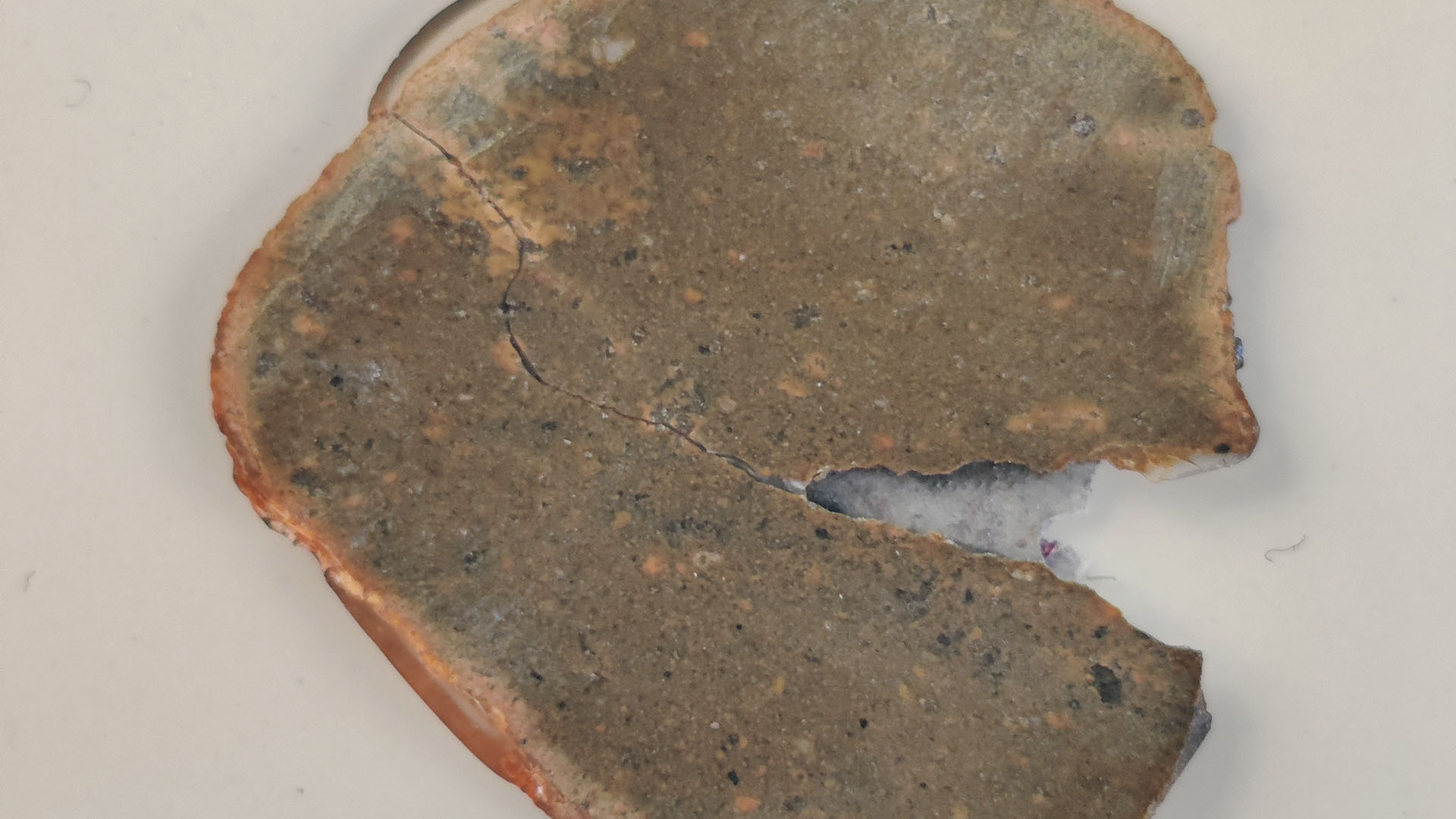Conventional and powerful pain relief with medication often leads to significant side effects and can affect the ability to function in a patient’s daily life. Now, researchers at Lund University have developed an entirely new stimulation method for severe pain that provides individualized pain relief, without the usual side effects. And almost complete blockage of pain without affecting other sensations and motor skills.
The study, which was conducted on mice, was published in the scientific journal Science Advances.
In Lund, a research team led by Jens Schoeneburg, professor of neurophysiology, has developed a method against pain by individual stimulation using ultra-thin, tissue-friendly microelectrodes.
The electrodes are soft as seaweed and extremely gentle on the brain. They are used to specifically activate the pain control centers in the brain without simultaneously activating the neuronal circuits that cause side effects. The method works by implanting a set of ultra-thin electrodes and then choosing a subset of electrodes that provide pure pain relief, but no side effects. This procedure enables a highly unique and precise stimulation therapy that has been shown to be effective in each individual, explains Jens Schouenborg who heads the Neuronano Research Center at Lund University.
Closest to total blockage of pain
Pain is prevented by activating the pain control centers in the brain, and they, in turn, only prevent the transmission of signals in the pain pathways to the cerebral cortex.
– We achieved near-complete pain blockade without affecting other sensations and motor skills, a major achievement in pain research. Our results show that it is actually possible to achieve robust pain relief that is free of side effects, something that has been a major challenge in the past, explains Mathilde Forney, a doctoral student and first author of the new pain study.
In this project, which has been running for several years and reported on the way, researchers have developed tissue-friendly gelatin-based technology and surgical techniques that have made it possible to implant flexible microelectrodes with very high accuracy. According to the researchers, the new technology should work on all types of spinal cord-mediated pain, that is, most types of pain.
Compared to morphine
In our study, we also compared our method with morphine, which was found to provide significantly worse pain relief. In addition, morphine provides powerful sedation and other cognitive effects. In the study, we were able to show that even postherpetic pain (hyperalgesia), which is common in chronic pain, is blocked, says Jens Schoenberg.
Can the results be transmitted to humans?
– That’s definitely the intention. Mathilde Forney says the human brain has similar control systems as mice and our electrode combinations can be scaled up to human size.
The researchers hope that within five to eight years this method will lead to a satisfactory stimulation therapy for people with particularly severe pain, such as cancer pain or severe pain associated with spinal cord injury for which there are no satisfactory pain treatments today. The researchers also believe the method could be used more broadly for treatment other than pain.
– This method can be designed primarily for all parts of the brain, so we believe it can also be used in the treatment of degenerative brain diseases such as Parkinson’s disease, but also in depression, epilepsy and possibly even stroke. Jens Schouenborg says the electrode technology also has applications in diagnosis, not least in research on how the ambiguous brain works.
Publishing
“The 3D micro-polar mass and stimulation model results in strong analgesia without 4 noticeable adverse effects“
science progress Online October 8, 2021.
For more information about the study, contact: Jens Schoeneburg, Professor of Neurophysiology, Lund University, 046-2227752, 0702924572, [email protected]
—————–
Contact the press Faculty of Medicine at Lund University: Katrin Ståhl, 046-222 01 31, 0725-27 97 97, [email protected]
Lund University was founded in 1666. There are 40,000 students and over 8,000 employees in Lund, Helsingborg and Malmö. We unite in our quest to understand, explain and improve our world and human conditions. Lund University has been repeatedly ranked as one of the 100 leading universities in the world.
Tags:

“Extreme tv maven. Beer fanatic. Friendly bacon fan. Communicator. Wannabe travel expert.”






More Stories
Cloud-based personal health record with AI – is it safe?
Warning of sharp increase in TBE in Vastmanland –
Study: The size of a snack determines how much you eat